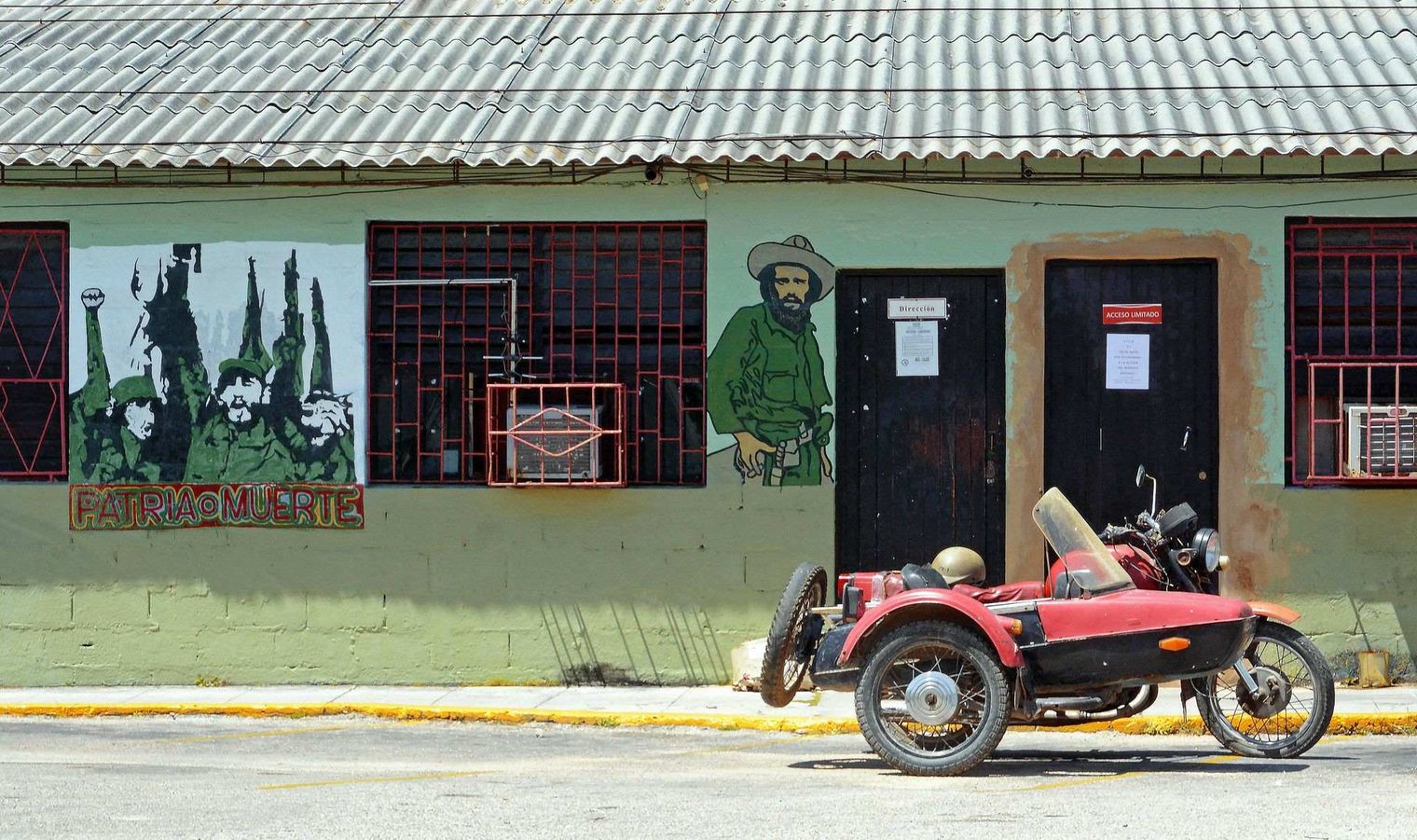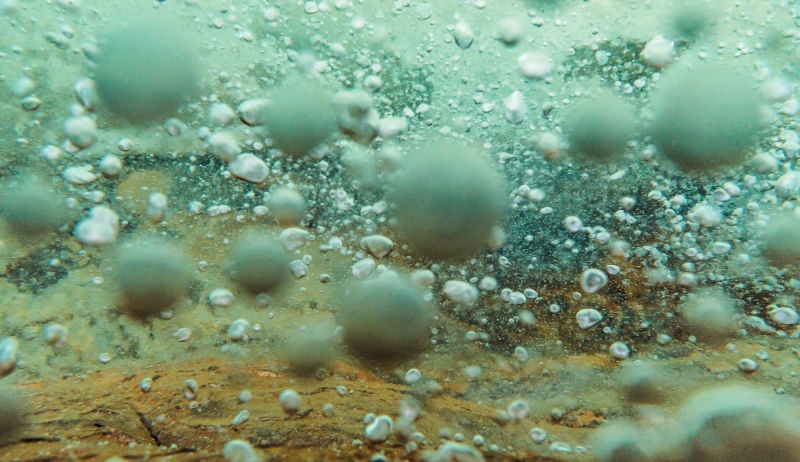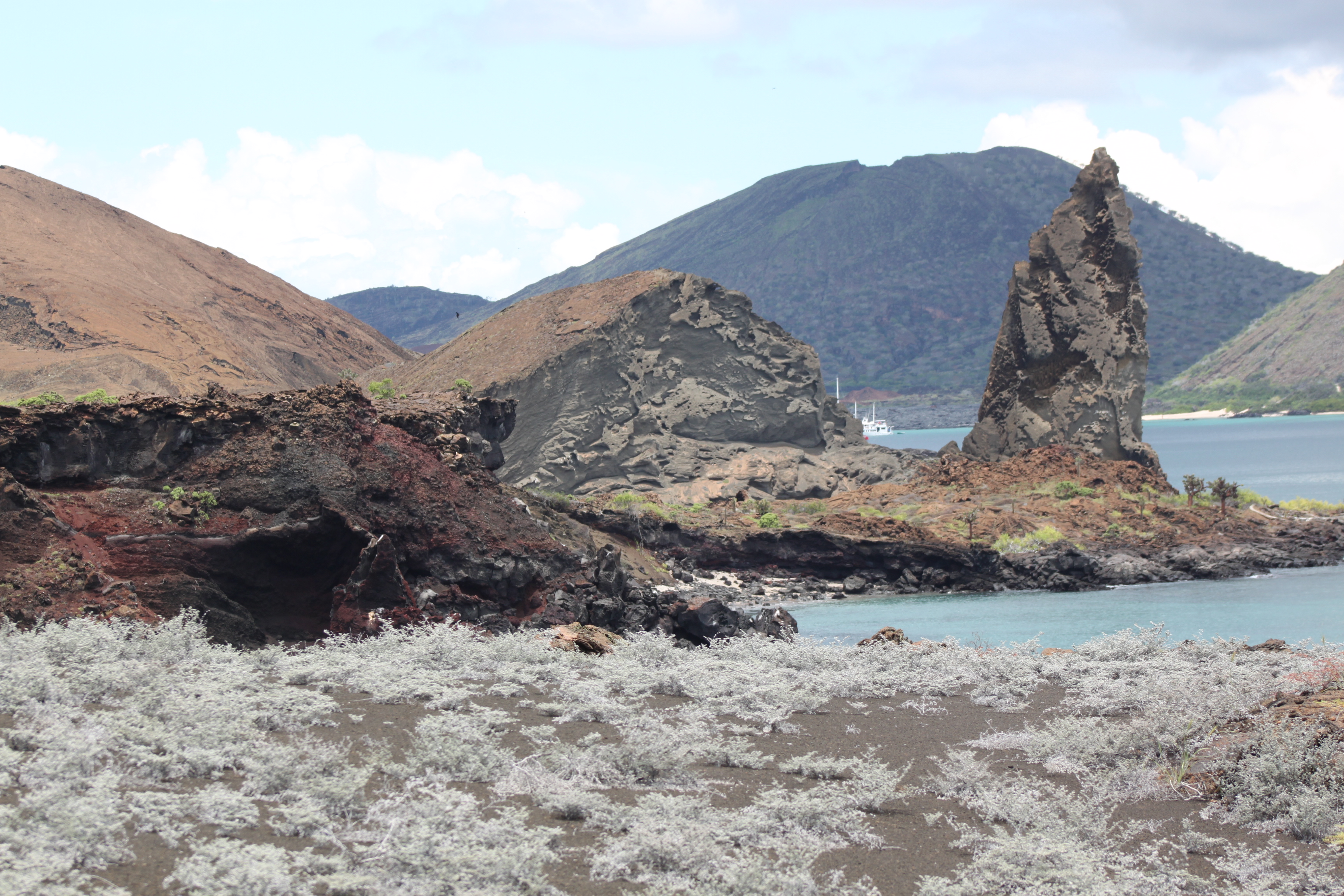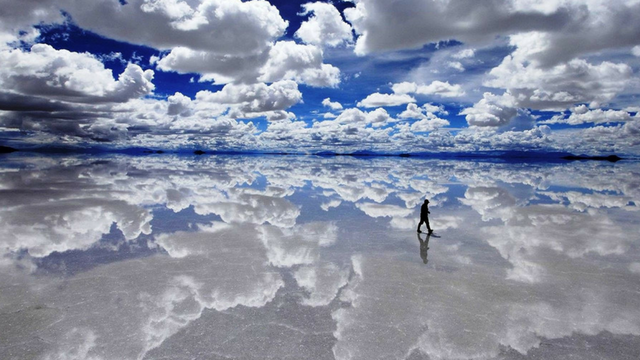Cuba is an island that appeases the senses. The visitor is greeted with beats of exotic rhythms such as salsa and rumba divulging out from every corner, and an aquamarine sea laps the white, palm-fringed beaches all around the island. Cuba’s sensual and contagious rhythms have inspired musicians the world over, its cigars are fabled and the exotic cocktails are to die for.
-
Tropicana Show: Tropicana, also known as Tropicana Club, is a world-known cabaret and club in Havana, Cuba. It was launched in 1939 at Villa Mina, a suburban estate with lush tropical gardens in Havana’s Marianao neighborhood. The spectacular showplace that became The Tropicana evolved out of a Depression-era bohemian nightclub called Edén Concert, operated by Cuban impresario Victor de Correa
-
Paladar La Guarida Enrique and Odesys Nuñez first opened what has become Cuba’s most celebrated paladar on July 14, 1996. a cosy atmosphere with soft lights, fine table linen, German silver cutlery, candles, Cuban music and good jazz. The building, originally known as La Mansión Camagüey has an entrance from a run-down Central Havana street that magnifies the effect.
-
House of Rum When you enter in to the House of Rum Varadero be prepared to taste some of the delicious varieties of Rum made in Cuba. The variations of rum, light and dark is thoroughly explained, as is the whole process of making rum which makes the visit very educational. Learn more about every possible liquor made in Cuba in one place. The two floors building in downtown Varadero also offers a concise selection of Cuban cigars.
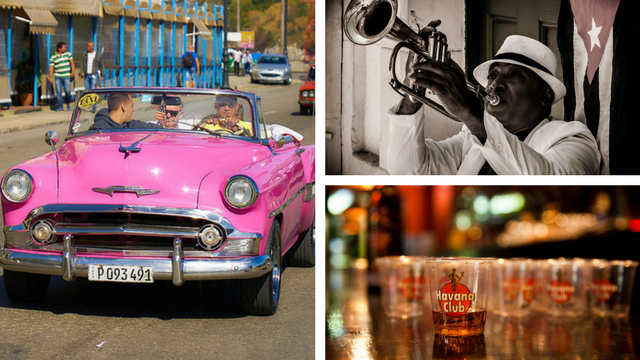
-
Pinar del Rio Pinar del Río was one of the last major cities in Cuba founded by the Spanish September 10, 1867. The city and province was founded as Nueva Filipinas or New Philippines in regard to influx of Asian laborers coming from the Philippine Islands to work on tobacco plantations.What’s interesting about this province is that the gorgeous countryside is close to one of the world’s finest tobacco regions. A visit to the tobacco factory is a must, as is a brush with local art in the form of murals and what’s known as the Indian cave.
-
Cienfuegos Cienfuegos literally translates to “one hundred fires”—cien meaning “one hundred”, fuegos meaning “fires”. In 2005, UNESCO inscribed the Urban Historic Centre of Cienfuegos on the World Heritage List, citing Cienfuegos as the best extant example of early 19th century Spanish Enlightenment implementation in urban planning.The downtown area contains six buildings from 1819–50, 327 buildings from 1851–1900, and 1188 buildings from the 20th century. There is no other place in the Caribbean which contains such a remarkable cluster of Neoclassical structures.
-
Che Guevara’s mausoleum The Che Guevara Mausoleum is a memorial in Santa Clara, Cuba, located in “Plaza Che Guevara” (Che Guevara Square). It houses the remains of the revolutionary Ernesto “Che” Guevara and twenty-nine of his fellow combatants killed in 1967 during Guevara’s attempt to spur an armed uprising in Bolivia. The full area which contains a bronze 22-foot statue of Guevara is referred to as the Ernesto Guevara Sculptural Complex.A visit to his memorial, just outside the town of Villa Clara, is a fascinating study in both history and passion.
-
Iznaga Tower The Iznaga Tower was built in 1816, when Cuban architecture was characterized by eclecticism. The seven-story building is 45 meters high and is crowned by a watchtower from where sugarcane plantations could be seen. According to experts, the bell on top of the tower was used to call the slaves to work and rest, and to announce prayers to the Holy Virgin in the morning, midday and afternoon. The watchtower was an excellent place to enjoy the breathtaking beauty of the valley.
Now you have enough reason to plan a trip to Cuba! Isn’t it?

